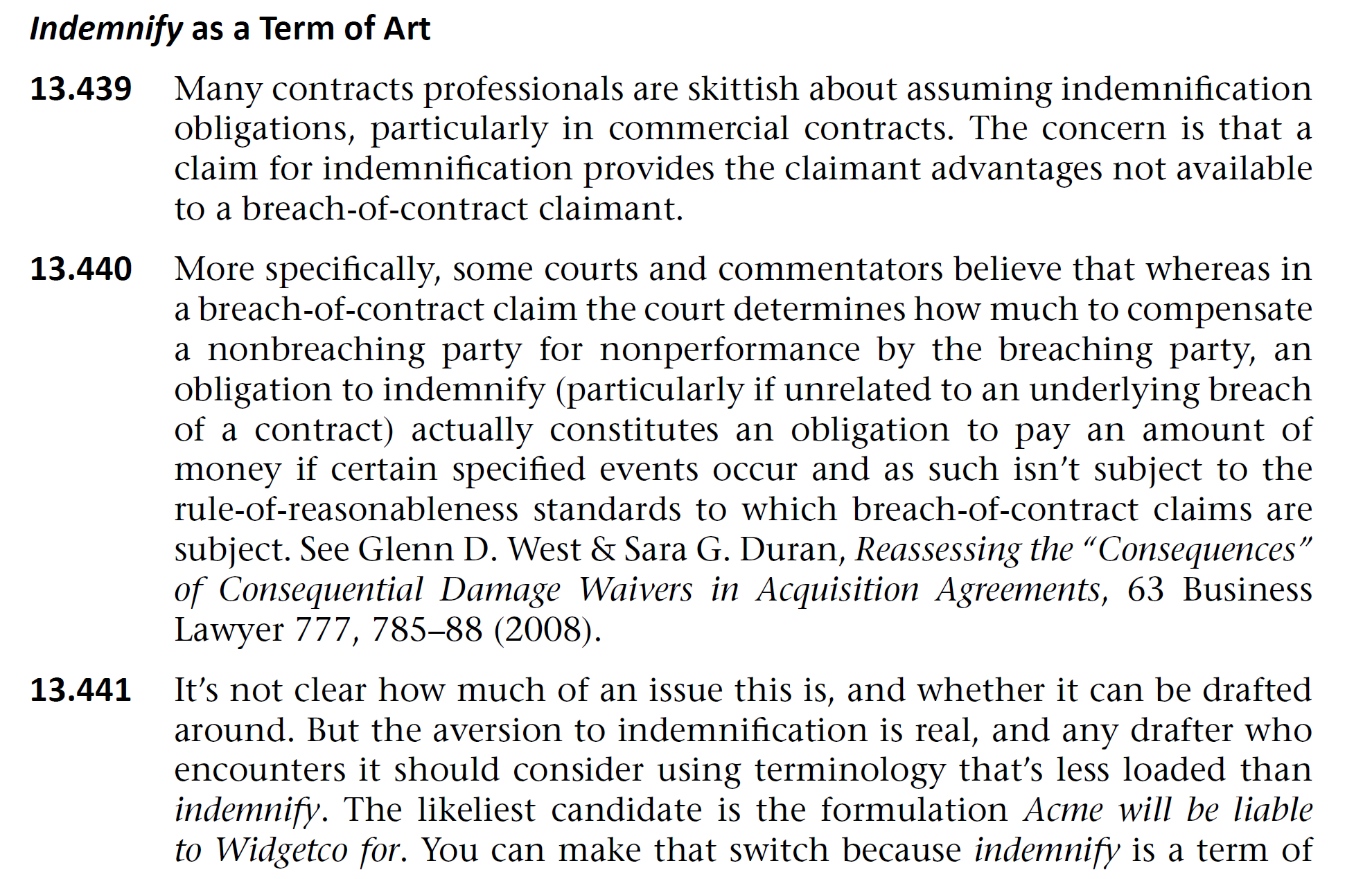[Warning: I made this first bit up just to accommodate my fish-gutting analogy. Why that analogy? Because it came to mind so I went with it!] Last month I was isolating in Alaska with my lacrosse buddies, Declan Smartwood, Jr. and Shackleford Stanwick, Sr. We spent our time salmon fishing. I’m not a fan of killing fish, but Dec and Shack had no qualms, so we found ourselves with a bunch of dead salmon to deal with. I expressed to Dec and Shack that I’m not partial to gutting fish either. They were obviously wondering how they had come to be in the company someone so prissy. But Shack also had a more specific issue on his mind.
“You don’t refer to ‘gutting’ a salmon,” said Shack. “There’s a more precise term, depending on the fish. With salmon, you refer to ‘salmonizing’ a salmon. If it’s a cod, you ‘coddle’ it. If it’s a pollock, you ‘pollockate’ it.”
“Shack,” I said, “That’s the dumbest thing I’ve ever heard. I’m outta here.” With that, I jumped in my kayak and headed up the Kenai river. But that’s another story.
Amazingly enough, that anecdote is relevant to how we use the contract terms of art indemnify and indemnification.
In particular, in discussing the phrase indemnify and hold harmless, I’ve long said it’s hold harmless that needs to go. See for example this 2009 blog post. Indemnify is a term of art, and there’s always a simpler way of expressing the meaning of a term of art—instead of saying Acme shall indemnify Widgetco for X, you could say Acme will be liable to Widgetco for X. But because indemnify has a generally accepted meaning and doesn’t cause serious trouble, I’ve been OK sticking with it, as we have bigger problems to deal with.
Two months ago I recommended in this post not using the related term of art indemnity. That caused Kyle Mitchell and Chris Lemens to post comments suggesting it was time for me to rethink indemnify and indemnification.
Indemnification is helpful as a label for a contract mechanism, but paradoxically it isn’t necessary in indemnification provisions, where it’s best to say what indemnification consists of, so you don’t get into fights over, for example, whether indemnification covers just nonparty claims or claims between the parties. That’s why my indemnification language goes into detail. (See this blog post.)
That’s where my Shack anecdote comes in. It would be pointless to have a different term for gutting fish, depending on the fish you’re gutting—the process is the same, regardless of the kind of fish. And when you’re holding a salmon, you don’t have to be reminded that it’s a salmon you’re holding. Similarly, indemnification involves assuming, and paying for, liability. If you’re specific about what that liability consists of, you don’t have to use the verb indemnify—it’s implicit in how the provision operates that the result is indemnification.
So my indemnification language could say will be liable to those Acme Indemnitees for instead of shall indemnify those Acme Indemnitees against without there being a rational basis for claiming that it offers less protection. The benefit of making that change is that you’d eliminate the unnecessary term of art indemnify. Kyle and Chris would tell you that clients would appreciate it.
And it’s not just clients who might benefit. Consider what MSCD says:
Getting rid of indemnify might well freak out traditionalists, but in his comment, Chris suggests a compromise approach—ditch indemnify but use Indemnification as a heading. I’ve used that approach elsewhere. For example, I’m fine with using Warranty as a heading, but I don’t use the verb warrant to express what might constitute warranties as a matter of law. For more on that, see MSCD or this ancient blog post.
I still don’t fee a burning need to get rid of indemnify right now, but I do think it’s appropriate to start talking about doing so.


This has weighed heavy on me for a while. I’m sick of explaining “indemnify” to experienced, college educated business operators more numerate than I. So often, they really expect magic and mysteries, and there just isn’t any. It’s dink, one-off insurance, tacked onto a commercial contract for something else.
I see and second the argument for putting indemnif-something in a heading. If there’s a shining future where the jargon’s well and truly dead, we’re not close yet. Hopefully in my lifetime. Meanwhile, people like Ctrl-F. Same with “termination”, by the by.
As for drafting, “be liable for” just means “agrees to pay for”, right? The natural term for folks I’ve worked with is “cover”, v. X will cover Y’s fees, expenses, dot dot dot. Analogous to expense reimbursement for a consultant.
Thank you for prompting this post!
As I explain in MSCD, I think terminate ends up being simpler than end.
Regarding the best alternative to indemnify, I expect I’ll have opportunity to work on that at some point.
Preach it, Brother Kyle! I’ve used “vendor shall pay customer for” as the beginning of my indemnity provision for years with zero objections.
Preach it, Brother Chris! By analyzing the underlying idea as what MSCD calls ‘a condition using language of obligation’ (and I would call ‘a conditional obligation’), you’ve cleared away the brush for a possible formulation along these lines: ‘If X happens, A shall pay B [sums determined as follows]’. The remaining drafting task may be towering, but the logical structure is clear. –Wright